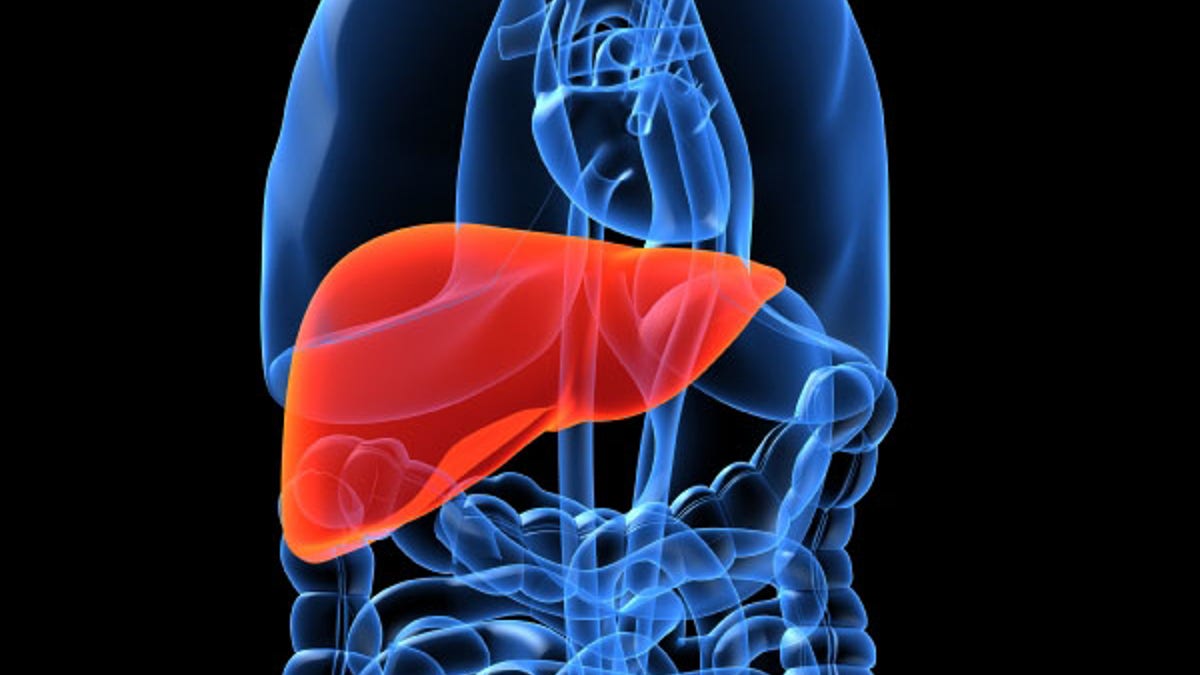
Many people with hepatitis C end up not receiving adequate treatment, because they lose their way through the medical system during the early stages of their care, researchers say.
In Philadelphia, only about 2 percent of patients thought to be infected with the hepatitis C virus end up receiving treatment, health department officials there estimated.
“It’s a serious problem,” said the study’s lead author Kendra Viner. “There are actions that need to be taken at every level to move people through the continuum.”
Viner is the coordinator for the Hepatitis C Surveillance Program at the Philadelphia Department of Public Health.
At least one percent of Americans are chronically infected with the hepatitis C virus, according to the Centers for Disease Control and Prevention (CDC) (see Reuters Health story of March 7, 2014 here: reut.rs/1wi7pao.)
Hepatitis C infects the liver and is typically transmitted by exposure to infected blood. If left untreated, it can lead to liver damage, liver failure and cancer, according to the CDC. Hepatitis C is one of the major reasons why people get liver transplants.
By pairing data from Philadelphia’s comprehensive hepatitis C monitoring program with national data, the researchers estimated that roughly 47,000 individuals – or about 3 percent of Philadelphia’s 1.6 million residents - are infected with hepatitis C.
While the city – like most – requires that hepatitis C cases be reported to the health department, it only received positive test results from 13,596. Of those, only about half went on to have their infection confirmed with another test.
Of those who received the confirmation test, less than a third were in care, but only about 15 percent – less than 1,000 people - were receiving treatment.
“It just gets more and more sparse,” Viner said.
Her team's results, first released online in the journal Hepatology in late October, will be published in an upcoming print issue of the journal.
Viner said there are ways to increase the number of people receiving care, including doctors testing the right people for the virus.
The government-backed U.S. Preventive Services Task Force recommends that adults at increased risk for infection, such as injection drug users, should be tested. Also, adults born between 1945 and 1965 should be tested once.
Also, Viner said, doctors should order a specific test that only requires one blood sample to do both the initial and confirmation testing.
“Then it’s also improving surveillance across the board of this disease,” she said.
New drugs, which are much more effective at knocking out the virus without severe side effects, may also help in the long run, Viner said.
“I think the treatments are fantastic,” she said. “As long as we get people to that stage in the cascade, the outlook is very good.”
Past research suggests that advances in treatment and increased screening may reduce the burden of hepatitis C from about one in 100 Americans to about one in 1,500 by 2036 (see Reuters Health story of August 4, 2014 here: reut.rs/1widwv6.)
Viner said Philadelphia is currently using this data to look at the burden of the virus in specific area within the city.
“We can use that to work with our prevention team here to coordinate education efforts and additional screening campaigns,” she said.
